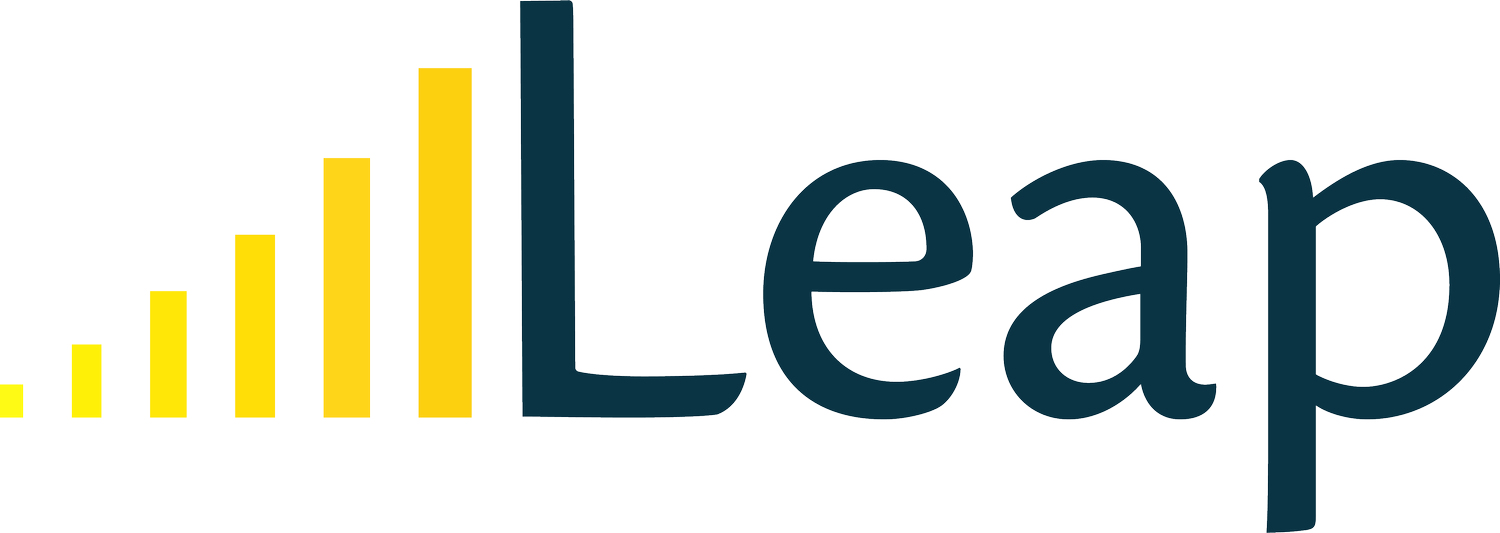Leap Case Study: The Value of Prospecting
Fundraising, especially prospecting for new donors, is a combination of an art and a science. This case study of a Leap client illustrates how developing a sound process for identifying those most likely to be interested in what you’re doing and engaging with what matters to them maximizes the impact of online outreach with prospective donors.
Our client, "E" (name withheld for privacy), educates children and teenagers in a major US city through engaging STEM programs. While they already have substantial support from existing donors, they came to us with a common issue many nonprofits face: they were not prospecting or recruiting new donors.
So, we got to work to help them using the Leap Revenue System.
As part of our onboarding process, we worked together to develop Ideal Lead Profiles. These included philanthropists focused on public education and equality, corporate donors keen on innovation and workforce development, and local entrepreneurs and businesses deeply committed to community welfare and development.
With these Ideal Lead Profiles set, we began researching the universe of potential donors who fit those profiles. In two weeks, we had hundreds of leads along with their contact information ready to be used for prospecting.
Having the contact information of people who fit these ideal lead profiles was just the first step, though. Next, we drafted a copy for an email sequence to reach out to these individuals and engage them, educate them in the organization’s work, and encourage them to either donate or meet with the organization to learn more.
The best list of leads and the best copy mean nothing if they’re not used, though. So, we ran an email campaign actually reaching out to these leads with this copy.
While the standard response rates for cold email outreach is 1%, Leap’s campaign received an 8% response rate in less than a week!
Students benefited by the project
The responses were encouraging, including expressions of interest to help, requests for more information, and offers to chat or meet. Noteworthy responses included:
"Thanks for reaching out. How can I help?"
"I am willing to meet to learn more. Feel free to grab time here."
“I don’t normally respond to unsolicited emails; what do you require for me? I am interested in helping."
"I'm unable to provide financial support. How else would you see my being helpful?" Keep in mind that even if they say they can’t provide financial support right now, they may be able to in the future. They may be able to make introductions to others. And even just building a relationship with them now gives you practice to go and do raise money from others in the future.
Had any of these individuals even heard of this organization before? No. Were they bothered by the outreach? No! Quite the opposite: They were enthused to hear from the organization and wanted to get involved. Why? Because we carefully applied the GO Mindset to the first two steps of the LEAP Process:
Lead Generation - We weren’t reaching out to just anyone. We were reaching out to individuals who had a high probability of interest in the organization.
Education - We didn’t send a simple one-paragraph email asking for money. We connected with the prospect first, then took advantage of their attention to educate them about the organization’s work, getting them excited
Give First and be Other Oriented - The GO Mindset underlies all of this. Before asking for anything, we had the organization give something to the prospects that they care about. By using the GO Mindset and following the LEAP Process, you are not bothering prospects. You are giving something, educating people about what they are likely to be interested in, and inviting them to be involved in something they believe in.
Of course there will also be those who don’t respond or who say, “No.” But that’s okay. It’s all part of the process of getting to yes with the right people! And we’ll address the value of receiving no’s in another post another time.
If you read until here and want help with any part of the LEAP fundraising process, let us know. We offer a free audit of any part of your fundraising efforts to provide as much guidance as we can that you can implement on your own, or ask for our team to help you implement. Click the image below!


